Sugarcane Cultivars Descriptive Fact Sheet: CP 96-1252, CP 01-1372, and CP 00-1101
Sugarcane cultivars CP 96-1252 and CP 01-1372 are among the top ten commercial sugarcane cultivars in Florida with CP 96-1252 ranked as first and CP 01-1372 as tenth based on total sugarcane acreage occupied by these cultivars in Florida (VanWeelden et al. 2021). However, CP 00-1101 was recently dropped from the list of principal sugarcane cultivars because of drop in acreage to less than 1% of total sugarcane area in Florida. These cultivars are developed through the cooperative agreement among the United States Department of Agriculture (USDA), Canal Point, the UF/IFAS Everglades Research and Education Center in Belle Glade, and the Florida Sugar Cane League. This fact sheet provides information on the cultivars' parentage, flowering, cold tolerance, yields, disease response, and major growth or yield issues. Table 1 includes information on release dates, targeted soil types, parents, flowering, cold tolerance, best features, and limiting features. Table 2 provides yield and disease information.
CP 96-1252: CP 96-1252 is the top commercial sugarcane cultivar in Florida, occupying 30.2% of total sugarcane area in the state. CP 96-1252 is cultivated on both muck and sand soils. Resistance to orange rust, an important sugarcane disease in Florida caused by Puccinia kuehnii, is an excellent characteristic of this cultivar. Orange rust can cause major yield losses (exceeding 50% in susceptible cultivars). The extended duration of the disease makes chemical control expensive. CP 96-1252 is susceptible to brown rust caused by Puccinia melanocephala, but chemical control is efficient and less expensive due to the limited duration of this disease.
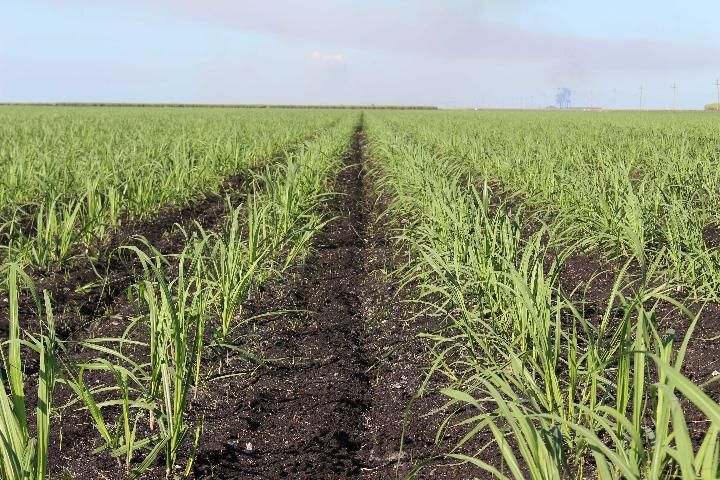
Credit: Wayne Davidson, Florida Sugar Cane League
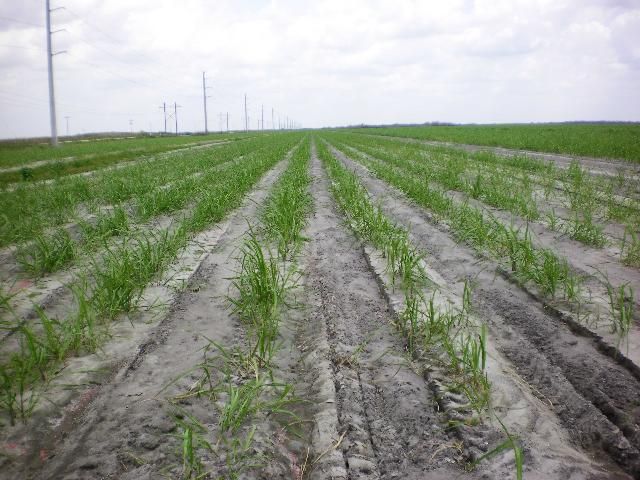
Credit: Wayne Davidson, Florida Sugar Cane League
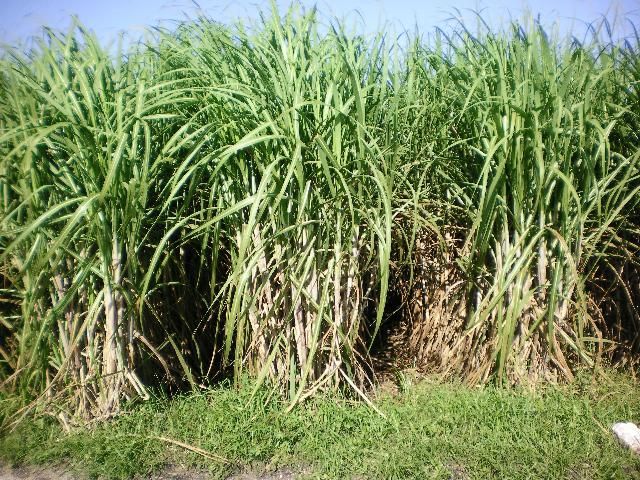
Credit: Wayne Davidson, Florida Sugar Cane League
CP 01-1372: CP 01-1372 is the second most widely grown sugarcane cultivar in Florida, occupying 1.5% of the total acreage, and is primarily cultivated on muck soil (VanWeelden et al. 2021). High tonnage and late sucrose are the major positives of this cultivar. Susceptibility to orange rust and smut are major concerns. Also, lodging at harvest and brittle stalks negatively affect the seed quality of this cultivar.

Credit: Wayne Davidson, Florida Sugar Cane League
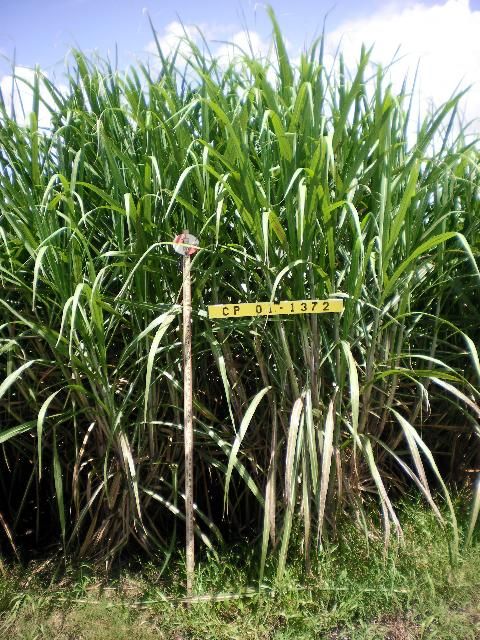
Credit: Wayne Davidson, Florida Sugar Cane League

Credit: Wayne Davidson, Florida Sugar Cane League
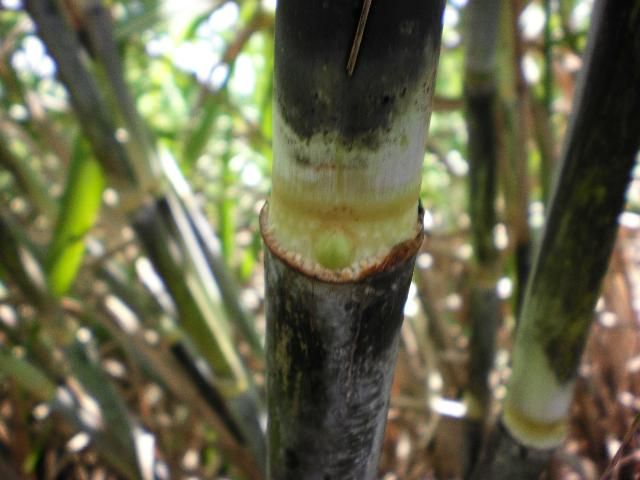
Credit: Wayne Davidson, Florida Sugar Cane League
CP 00-1101: CP 00-1101 was ranked in top three sugarcane cultivars in Florida for multiple years, especially due to high sucrose concentration. However, CP 00-1101 was dropped from the list of principal cultivars in 2020 due to less than 1% acreage left under this cultivar in Florida. CP 00-1101 has an erect canopy, which is good for harvesting and planting. Susceptibility to orange rust and sugarcane rust mite (Abacarus sacchari) are primary factors behind the recent decline in its acreage.

Credit: Wayne Davidson, Florida Sugar Cane League
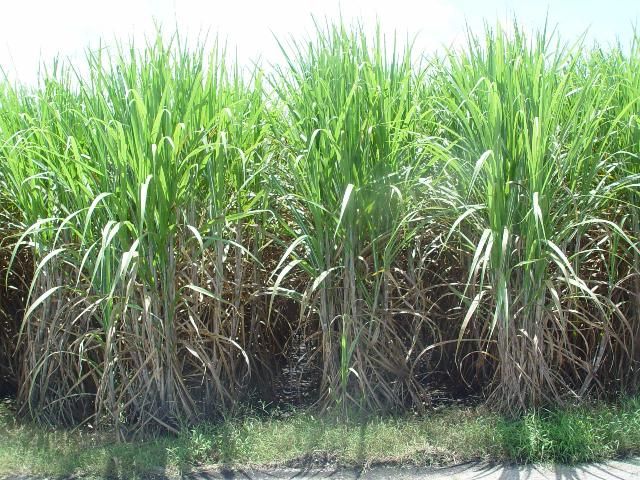
Credit: Wayne Davidson, Florida Sugar Cane League
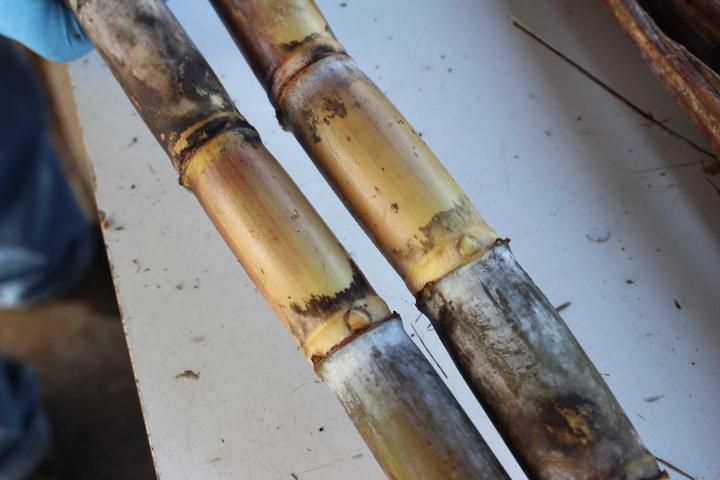
Credit: Wayne Davidson, Florida Sugar Cane League
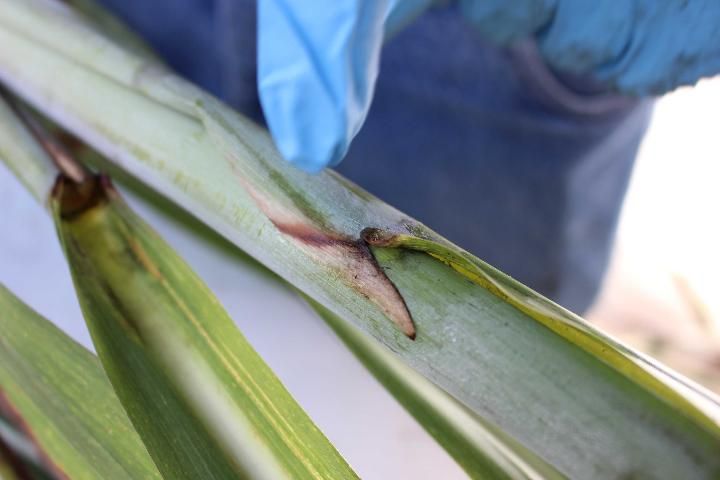
Credit: Wayne Davidson, Florida Sugar Cane League
Reference
VanWeelden, M. T., S. Swanson, W. Davidson, M. Baltazar and R. Rice. 2021. "Sugarcane variety census: Florida 2020." Sugar Journal 84(2): 6-15.



